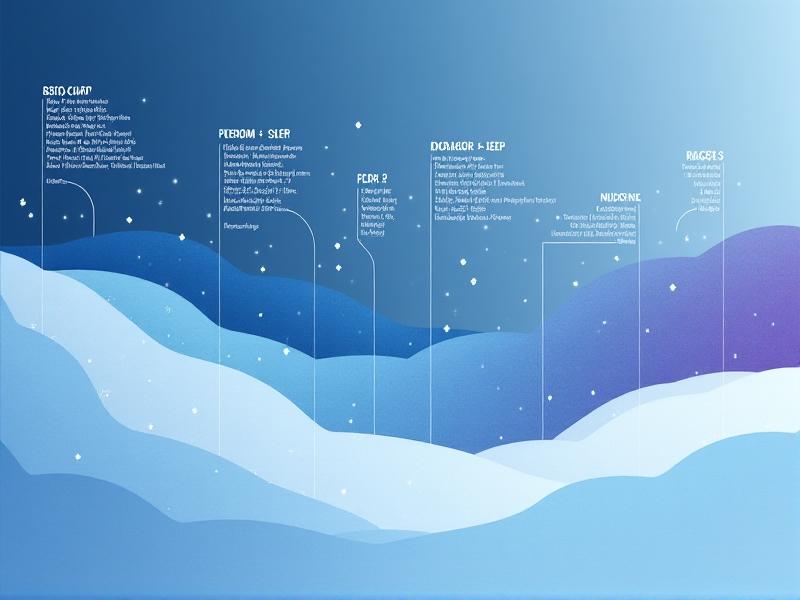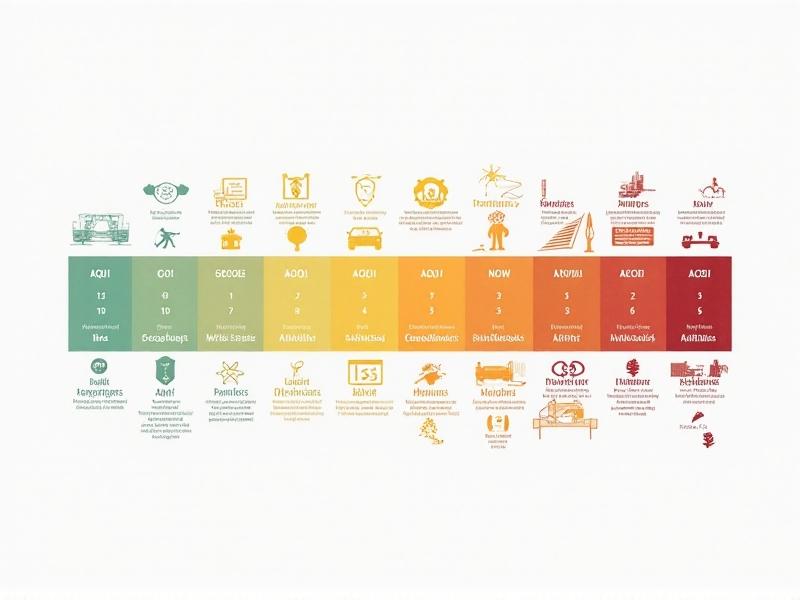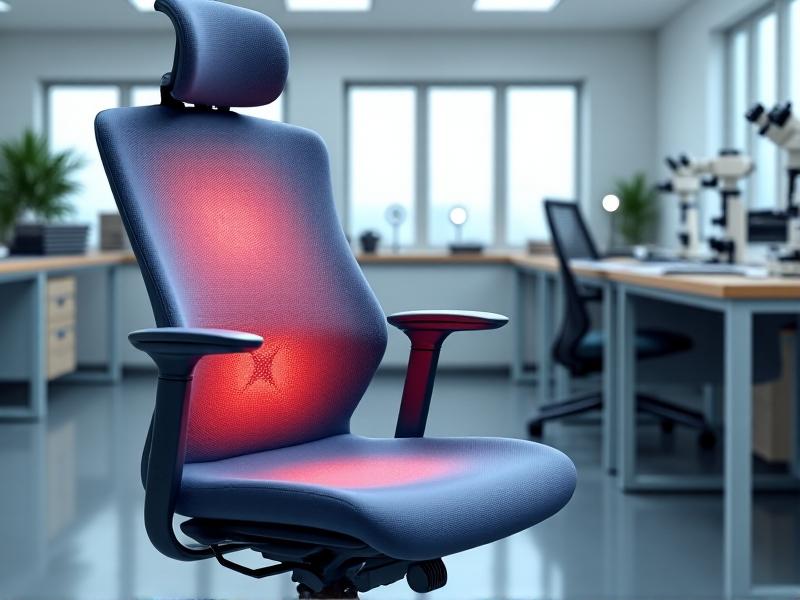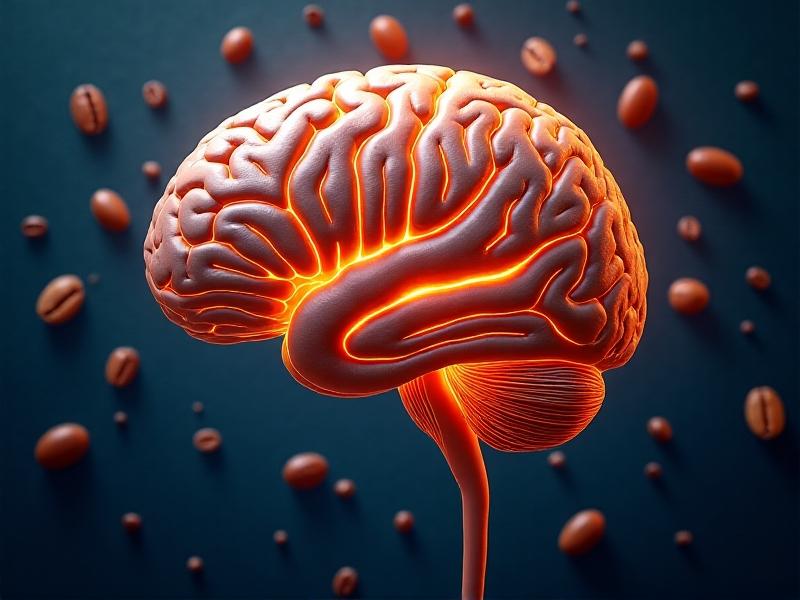Post-Lunch Cognitive Stack Formulas
Understanding the Post-Lunch Dip: Science and Causes
The post-lunch cognitive slump, often dubbed the "afternoon crash," is rooted in biology rather than laziness. Our circadian rhythm naturally dips between 1:00 PM and 3:00 PM, a phenomenon observed even in cultures without heavy midday meals. This drop in alertness coincides with a temporary decline in core body temperature, signaling the brain to conserve energy. Digesting a meal rich in carbohydrates or sugars exacerbates this by spiking insulin, which accelerates the transport of tryptophan—a precursor to serotonin and melatonin—into the brain, fostering relaxation or drowsiness. Additionally, blood flow redirects to the gut during digestion, temporarily reducing oxygen supply to the brain.

Nutritional Foundations for Sustained Energy
Food choices directly influence cognitive stamina. Balanced meals combining lean proteins, healthy fats, and complex carbohydrates stabilize blood sugar. For example, pairing grilled chicken with quinoa and avocado slows glucose absorption, preventing insulin spikes. Omega-3 fatty acids from walnuts or salmon support neurotransmitter function, while antioxidants in berries combat oxidative stress. Portion control is critical—overeating triggers excess insulin production, worsening fatigue. A study in the American Journal of Clinical Nutrition found that low-glycemic-index meals improved afternoon focus by 25% compared to high-sugar alternatives.

Cognitive Stack Layers: From Neurochemistry to Behavior
The "cognitive stack" framework comprises four interdependent layers: neurochemical, physiological, environmental, and behavioral. Neurochemically, dopamine and norepinephrine regulate attention, while acetylcholine enhances memory retention. Physiologically, hydration and mitochondrial efficiency in brain cells dictate energy availability. Environmentally, factors like lighting and noise either support or disrupt flow states. Behaviorally, task prioritization using methods like the Eisenhower Matrix minimizes decision fatigue. Together, these layers form a scaffold for optimizing mental performance, where tweaking one element—like a five-minute walk (physiological)—can amplify dopamine production (neurochemical), enhancing productivity.
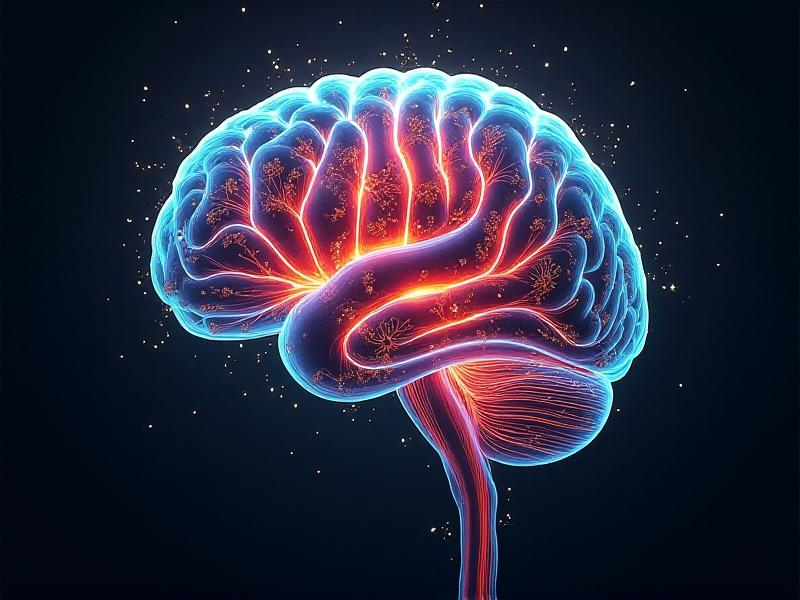
Hydration and Cognitive Function: The Overlooked Catalyst
Dehydration impairs attention, executive function, and short-term memory. A 2% drop in body water content—common by afternoon—reduces cognitive performance by 15%, per a Human Neuroscience study. Water facilitates nutrient transport and toxin removal in the brain. Electrolytes like potassium and sodium enhance neural communication, making infused waters with citrus or mint a strategic choice. For every cup of coffee consumed, adding an extra half-cup of water counteracts diuretic effects. A reusable bottle with hourly intake markers can serve as a visual nudge to stay hydrated.

Strategic Movement: Activating the Body to Fuel the Brain
Physical activity boosts cerebral blood flow and releases brain-derived neurotrophic factor (BDNF), a protein that strengthens neural plasticity. A 10-minute walk post-lunch increases oxygenated blood to the brain by 20%, according to the Journal of Occupational Health Psychology . Isometric exercises, like desk-based leg lifts or wall sits, discreetly engage muscles without requiring equipment. Stretching the pectorals and hip flexors—often tight from sitting—reduces cortisol levels, indirectly sharpening mental clarity. Even rhythmic activities, such as tapping feet to music, can stimulate the reticular activating system, heightening alertness.
Environmental Engineering: Optimizing Workspaces for Afternoon Productivity
Light temperature significantly impacts circadian rhythms. Cool white light (5000K–6500K) mimics daylight, suppressing melatonin and sustaining alertness. A Cornell University study found that workers under cool lighting reported 50% fewer errors in afternoon tasks compared to those in warm-lit environments. Ergonomic adjustments, like monitor height and chair lumbar support, reduce physical strain that distracts from mental work. Ambient noise apps offering brown noise (lower frequency than white noise) enhance concentration by masking distracting speech. Introducing plants like snake plants improves air quality and subconsciously signals the brain to relax, reducing cognitive fatigue.
Mindfulness and Mental Resets: The Role of Microbreaks
Microbreaks—60- to 90-second pauses—can recharge attention reserves. Techniques like box breathing (inhale 4s, hold 4s, exhale 4s) activate the parasympathetic nervous system, lowering stress hormones. Guided imagery, visualizing a serene forest or beach, shifts neural pathways away from default stress modes. A 2023 MIT study showed that employees using mindfulness apps for two-week microbreaks reported 30% higher afternoon focus scores. Even tactile activities, like squeezing a stress ball, engage sensory cortices, providing a cognitive “palate cleanser” between intensive tasks.
Technology and Tools: Apps and Gadgets to Maintain Focus
Focus@Will uses AI to generate music tailored to individual chronotypes, boosting concentration by 4x for 77% of users, per internal data. Noise-canceling headphones with ambient sound modes create auditory boundaries in open offices. Time-blocking apps like Motion schedule deep work sessions during users’ peak circadian periods. EEG headbands like Muse provide real-time feedback on mental states, training users to recognize and counteract distractions. However, digital tools should complement—not replace—biological and behavioral strategies to avoid over-reliance.
Personalized Formulas: Tailoring Your Cognitive Stack
Individual variability necessitates customization. Genetic factors, like COMT gene variants, affect dopamine metabolism—fast metabolizers may benefit from more frequent breaks. Trackers like Oura Ring or Whoop quantify sleep and recovery metrics, informing optimal work-rest ratios. Experimentation is key: A/B test protein-heavy lunches versus carb-centric meals for a week, logging energy levels hourly. Neurofeedback sessions can identify personal triggers for cognitive dips, enabling targeted interventions.
Long-Term Habits for Sustained Cognitive Performance
Consistency transforms tactics into habits. A 21-day adherence to a post-lunch routine—e.g., hydration, 10-minute walk, focused work block—rewires basal ganglia patterns, automating productivity. Sleep hygiene, particularly REM cycle protection, underpins daytime cognitive resilience. Periodic “stack audits” every three months assess strategy efficacy, adjusting for life changes or stressors. Embracing a growth mindset, as Stanford’s Carol Dweck notes, fosters adaptability, ensuring the cognitive stack evolves alongside personal and professional demands.
